Understanding the Difference Between Soul and Mind
In the profound philosophies of Hinduism, the concepts of soul (Atman) and mind (Manas) are beautifully illustrated through the divine interplay of Shiva and Shakti. The soul represents the consciousness or the awareness principle within every being. It is the unchanging, ever-present reality that underlies all existence. In this context, Shiva symbolizes the soul, pure consciousness, while Parvati (or Shakti) represents the mind, the dynamic aspect of existence.
The mind, unlike the soul, belongs to the realm of matter. It is changeable, perceivable, and subject to the fluctuations of the material world. Through the mind, we engage with the world, perceive objects, and experience emotions. However, it is the soul that illuminates the mind and the sense organs, making them appear alive and radiant. Without the soul's light, the mind and senses would be inert.
Shiva: The Unchanging Consciousness
Shiva is often described as Nirguna, without form or attributes. He is the unchanging, unmoving, all-encompassing consciousness that exists beyond time and space. When Shiva's Maya Shakti (the power of illusion) manifests, this consciousness appears as mind and matter, taking on form and attributes (Saguna). This union of the formless and the formed is symbolized by Ardhanarishvara, the half-Shiva, half-Shakti form, depicting the inseparability of consciousness and energy.
Maya Shakti, also known as Uma, Parvati, Kali, or Durga, is inherent in Shiva just as burning power is inherent in fire, sweetness in sugar, or whiteness in milk. This dynamic power is what brings the universe into existence and sustains it.
The Absolute and the Three Gunas
Shiva stands for the Absolute, the static, never-changing background of existence. In contrast, Shakti (especially as Kali) embodies the energetic, ever-changing expression of the universe. Kali encompasses the full spectrum of cosmic activity: creative dynamism, destructive power, and emancipating grace.
The trident (Trishul) of Shiva is a powerful symbol, representing the three gunas or fundamental qualities of nature:
- Sattwa (purity, harmony)
- Rajas (activity, passion)
- Tamas (inertia, darkness)
Through these three gunas, Shiva governs the universe, maintaining balance and order.
The Third Eye: Transcendental Wisdom
Shiva, one of the principal deities in Hinduism, is often depicted as Trilochana—the three-eyed one. While his two physical eyes represent ordinary perception, it is his third eye, the gnana-chakshu or 'eye of wisdom,' that holds profound spiritual significance.
The third eye is located in the center of Shiva’s forehead, between the eyebrows, corresponding to the Ajna chakra in yogic traditions. This chakra is considered the seat of intuition, insight, and higher consciousness. In spiritual iconography, Shiva’s third eye is not just a mark of divinity but a symbol of awakened inner vision.
Destruction of Illusion and Desire
The third eye’s legendary power is said to be immense. According to myth, when Shiva opens his third eye, it emits a fiery energy capable of annihilating anything in its path. This fire is not merely destructive in a physical sense—it represents the destruction of ignorance, illusion (maya), and worldly desires that bind the soul to the cycle of birth and death (samsara).
By burning away these attachments and illusions, the third eye clears the path to self-realization. It is a metaphor for the inner awakening that occurs when one transcends the limitations of the material world and perceives the underlying unity of all existence.
Granting Transcendental Vision
The opening of Shiva’s third eye is also a bestowal of transcendental vision—the ability to see beyond duality, beyond right and wrong, pleasure and pain, and even life and death. It is the vision that perceives the Supreme Reality (Brahman), the eternal, unchanging truth that underlies the universe.
For spiritual seekers, the third eye serves as an inspiration to cultivate inner clarity, wisdom, and detachment. Meditation on the third eye is a common practice in yoga and tantra, aimed at awakening higher consciousness and experiencing the divine within.
The Third Eye in Myth and Practice
One of the most famous legends involving Shiva’s third eye is the story of Kama Deva, the god of desire. When Kama attempted to disturb Shiva’s meditation, Shiva opened
his third eye and reduced Kama to ashes. This tale illustrates the power of spiritual discipline to overcome even the most persistent desires.
In daily spiritual practice, focusing on the space between the eyebrows during meditation is believed to help activate the third eye, fostering insight, intuition, and a deeper connection to the divine. Shiva’s third eye is far more than a mythological detail—it is a profound symbol of spiritual awakening. It teaches us that true wisdom lies in seeing beyond appearances, destroying the illusions of the ego, and realizing the infinite, unchanging truth that is our own innermost Self.
In essence, the dance of Shiva and Shakti illustrates the eternal relationship between the unchanging soul and the ever-changing mind. By understanding and harmonizing these aspects within ourselves, we move closer to realizing the ultimate truth, the unity of consciousness and energy, the soul and the mind.


-in-Astrology.jpg)


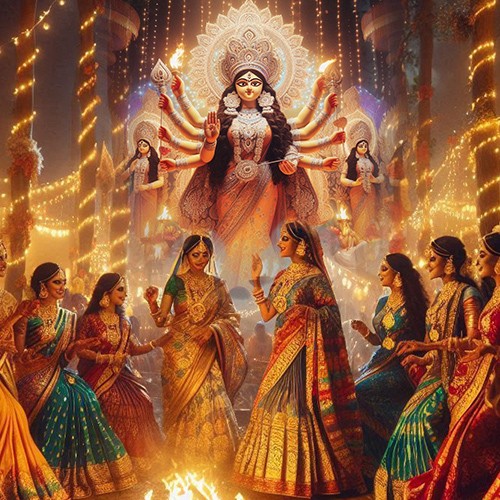
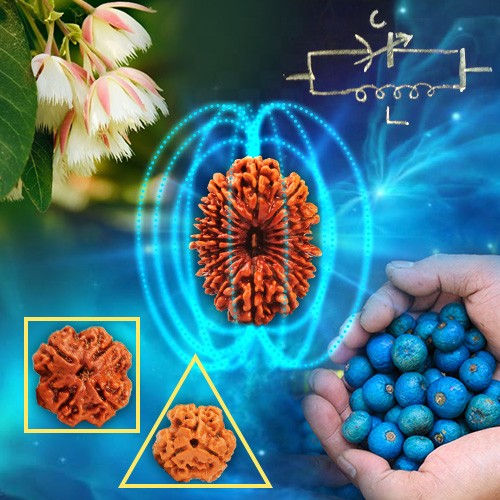

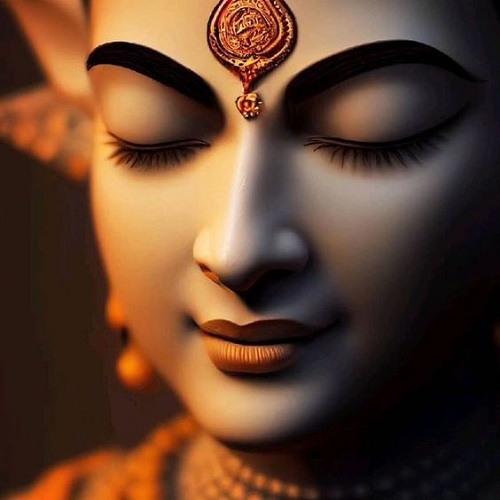
.jpg)
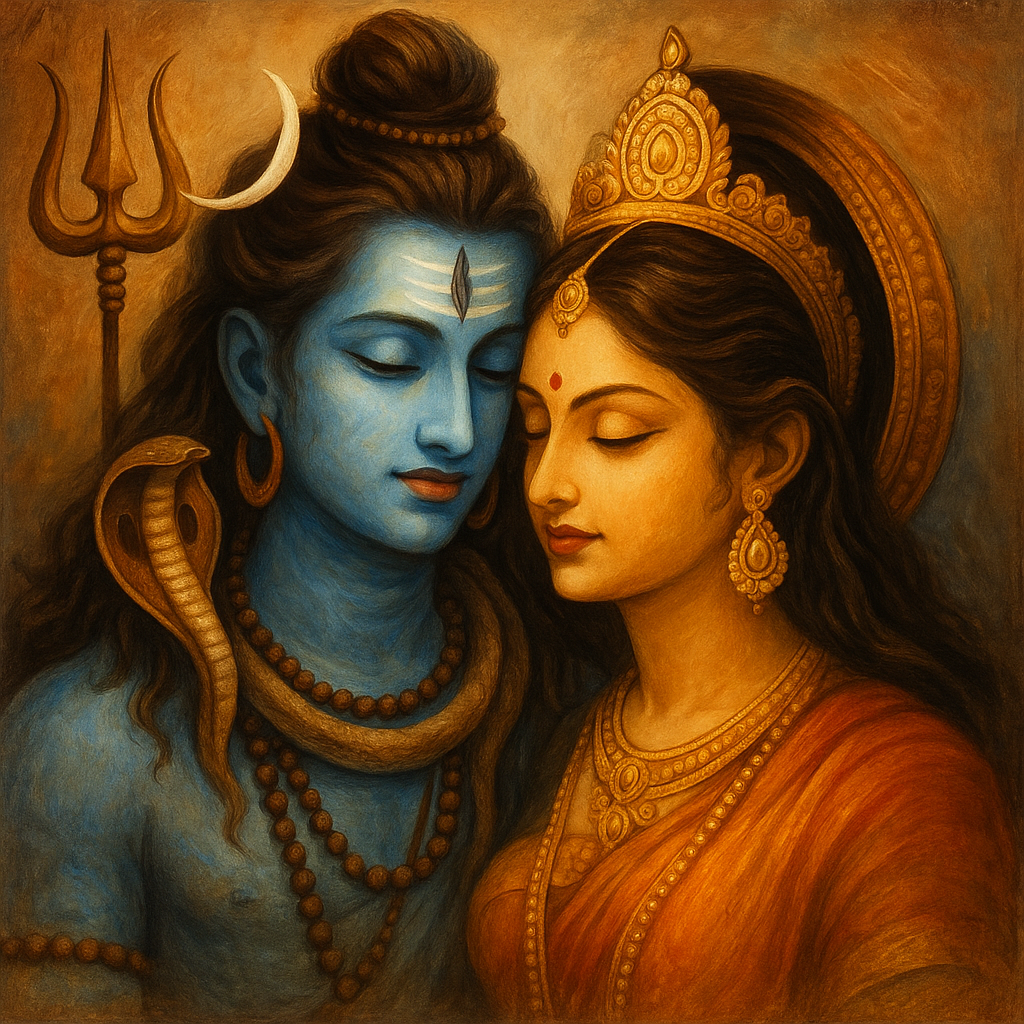
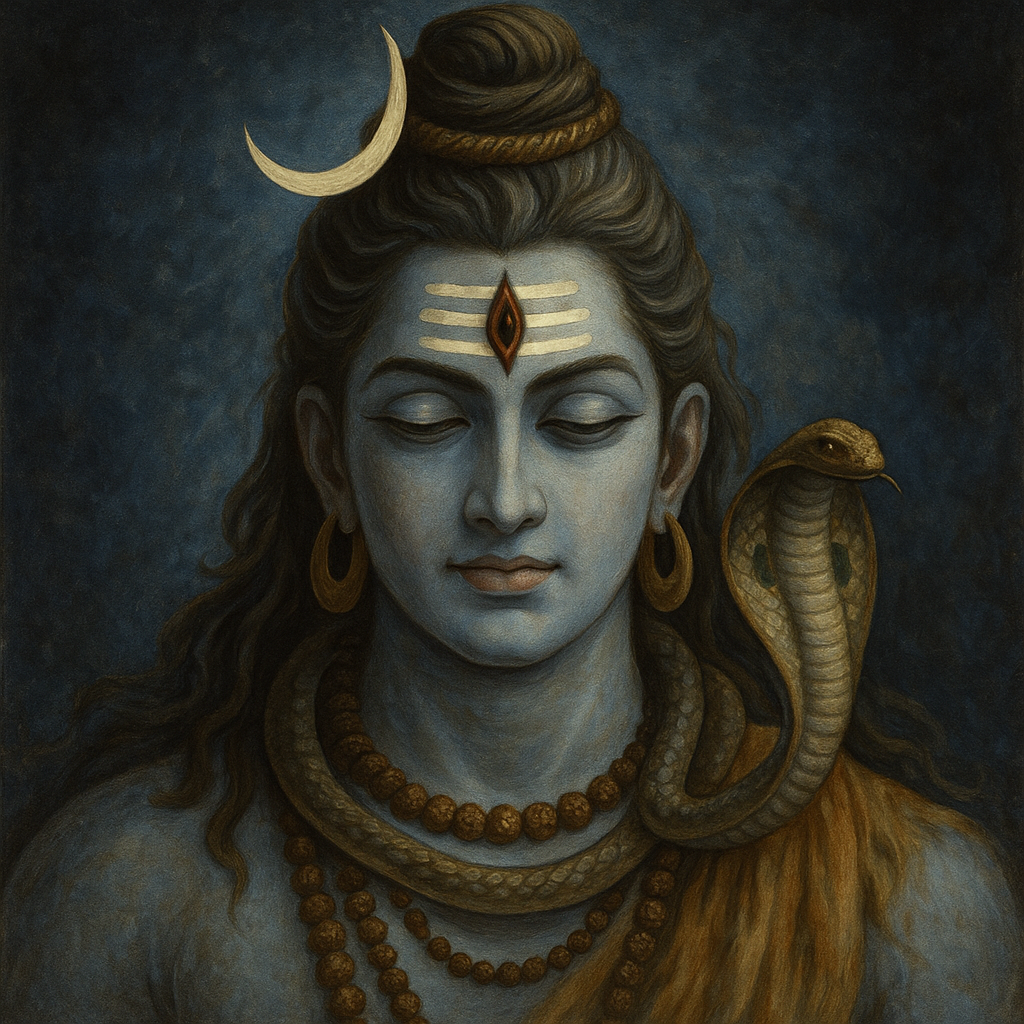
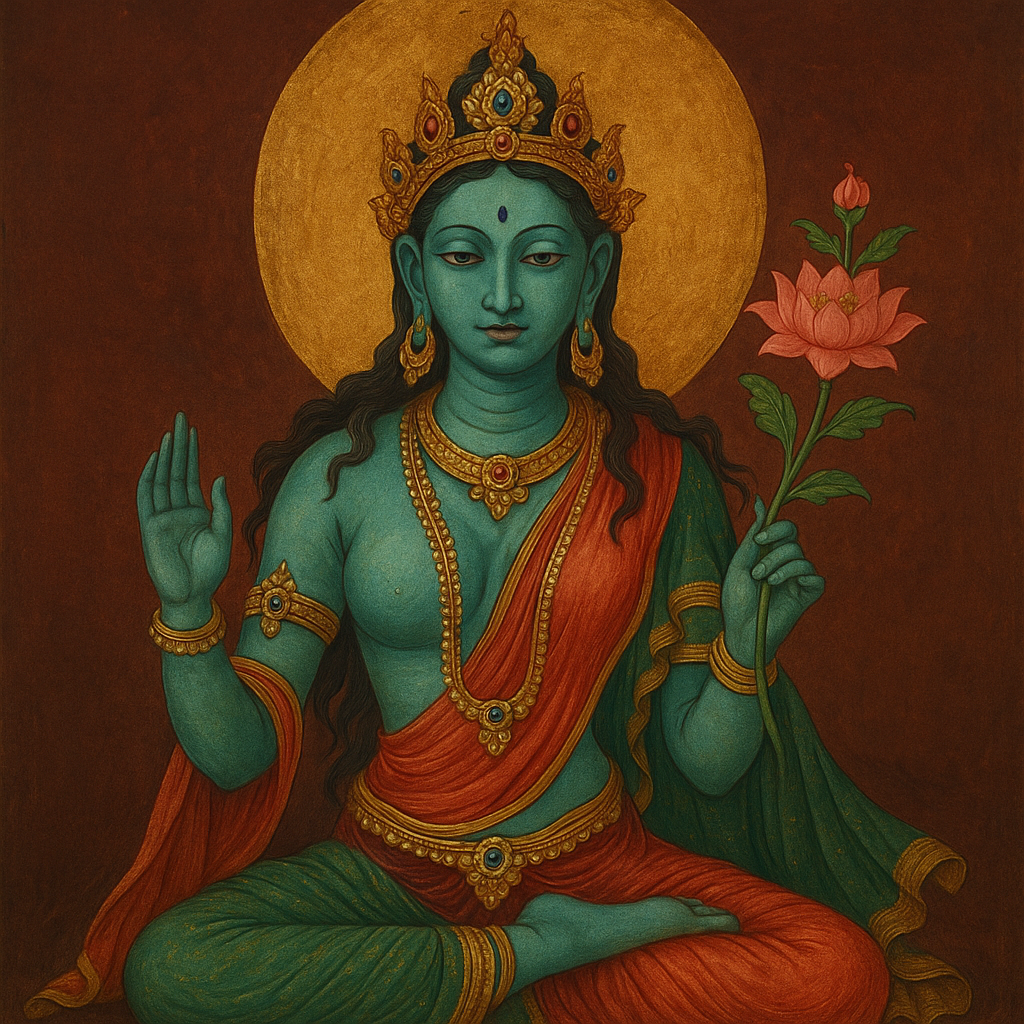
Comments 0
Leave your thought here